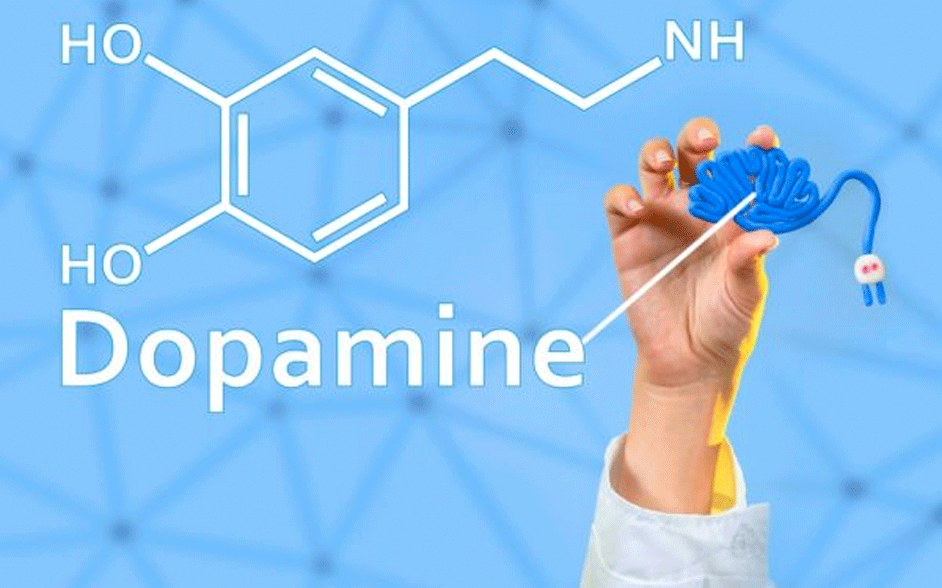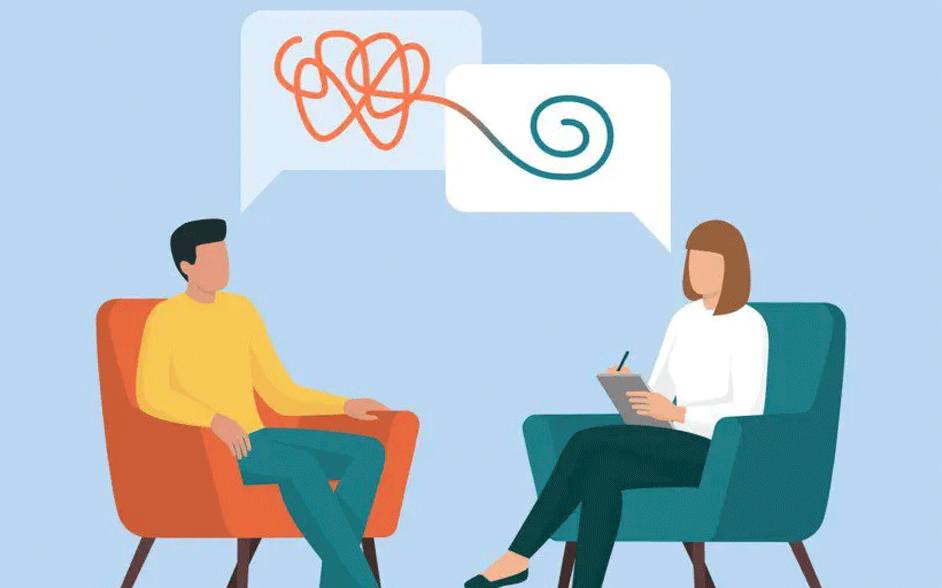- Mumbai, New Delhi, Bangalore
- (+91) 81518 30000
- WhatsApp Now
- contact@vedawellnessworld.com
The human brain is a complex and fascinating organ, responsible for controlling every aspect of our behavior, thoughts, and emotions. Among its many functions, one of the most crucial is the regulation of the reward system. This system plays a pivotal role in our survival by reinforcing behaviours that are essential for life, such as eating, socializing, and reproducing. However, this same system can also contribute to the development of addictive behaviours.
At the heart of the brain’s reward system is a group of interconnected structures known as the mesolimbic pathway. This pathway involves several key brain regions, including:
“Dopamine (DA) neurons located in the ventral tegmental area (VTA) and projecting to the nucleus accumbens (NAc) play a key role in the processing of reward-related stimuli, including those associated with drugs of abuse (Wise, 2008). Drugs of abuse, through their different pharmacological effects, increase the release of DA in the shell subregion of the NAc (Di Chiara, 2002), mimicking the phasic DA neuronal firing that leads to very fast DA increases (Owesson-White et al., 2009) and thus the mechanism through which the brain signals reward.”

The reward system is activated when we engage in activities that promote survival and well-being. When a rewarding stimulus is encountered, such as delicious food or social interaction, the VTA releases dopamine into the NAc. This surge of dopamine produces feelings of pleasure and reinforces the behaviour, making us more likely to repeat it in the future.
The brain anticipates a rewarding experience, triggering the release of dopamine in the NAc even before the reward is obtained.
The actual experience of the reward leads to a peak in dopamine levels, resulting in pleasure and satisfaction.
The hippocampus and amygdala help encode the context and emotional significance of the rewarding experience, ensuring that the brain remembers how to achieve it again.
While the reward system is essential for survival, it is also susceptible to being hijacked by addictive substances and behaviours. Drugs such as cocaine, heroin, and alcohol, as well as activities like gambling and excessive internet use, can overstimulate the reward system, leading to addiction.
Addictive substances and behaviours typically increase dopamine levels far beyond what is normally experienced with natural rewards. This overstimulation creates a powerful association between the substance or behaviour and intense pleasure, driving the individual to seek out the addictive experience repeatedly. Over time, several changes occur in the brain:
The brain reduces its sensitivity to dopamine, requiring higher doses of the substance or more intense behaviours to achieve the same level of pleasure.
The brain becomes reliant on the substance or behaviour to maintain normal dopamine levels, leading to withdrawal symptoms when the addictive experience is unavailable.
The PFC’s ability to exert control over impulses is weakened, making it increasingly difficult to resist the urge to engage in addictive behaviour despite negative consequences.
Understanding the reward system’s role in addiction is crucial for developing effective prevention and treatment strategies. Here are some key approaches:

A neurobiological model of the brain’s emotional systems has been proposed to explain the persistent changes in motivation that are associated with vulnerability to relapse in addiction, and this model may generalize to other psychopathology associated with dysregulated motivational systems. In this framework, addiction is conceptualized as a cycle of decreased function of brain reward systems and recruitment of antireward systems that progressively worsen, resulting in the compulsive use of drugs. Counter-adaptive processes, such as the opponent process, that are part of the normal homeostatic limitation of reward function fail to return within the normal homeostatic range and are hypothesized to repeatedly drive the allostatic state. Excessive drug taking results in not only the short-term amelioration of the reward deficit but also suppression of the antireward system. However, in the long term, there is a worsening of the underlying neurochemical dysregulations that ultimately form an allostatic state (decreased dopamine and opioid peptide function, increased corticotropin-releasing factor activity). This allostatic state is hypothesized to be reflected in a chronic deviation of reward set point that is fueled not only by dysregulation of reward circuits per se but also by recruitment of brain and hormonal stress responses. [1]
The brain’s reward system is a double-edged sword. While it is essential for reinforcing behaviours that promote survival and well-being, it can also be hijacked by addictive substances and behaviours, leading to addiction. By understanding how the reward system works and recognizing the signs of addiction, we can better prevent and treat this challenging condition. Education, healthy coping mechanisms, behavioural therapies, medication, and strong support systems are all critical components in the fight against addiction, helping individuals regain control of their lives and achieve lasting recovery.
1. Koob, G.F., and Moal, M.L., (2008) Addiction and the Brain Antireward System, Annual Reviews of Psychology, 59, 29-53. https://doi.org/10.1146/annurev.psych.59.103006.093548